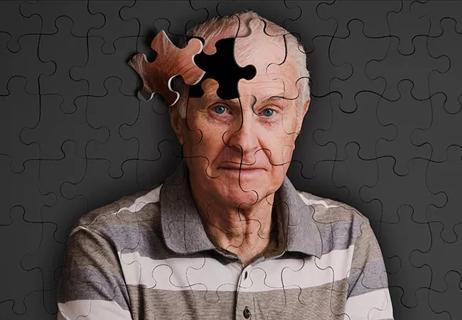Original study validates a good model: HOSPITAL score

Advertisement
Cleveland Clinic is a non-profit academic medical center. Advertising on our site helps support our mission. We do not endorse non-Cleveland Clinic products or services. Policy
Reducing the rate of readmissions is a goal for most hospitals, for the sake of patients and payers — and because the Centers for Medicare & Medicaid Services (CMS) can levy stiff financial penalties on hospitals with excess readmissions.
But the best way to allocate resources to achieve this goal is up for debate. Which interventions help reduce readmissions effectively and at the lowest possible cost? Is there a validated risk score that can help predict readmissions and facilitate prudent resource allocation?
My colleagues and I set out to answer these questions in a study of patients discharged from Cleveland Clinic main campus to skilled nursing facilities (SNFs) for post-acute care. We reviewed a number of published models designed to help predict readmissions, and chose the HOSPITAL score, a simple model originally developed by Donzé et al to predict potentially avoidable 30-day readmissions in medical patients. The HOSPITAL score predicts readmission by measuring the following at discharge:
Our objective in this retrospective cohort study was to evaluate the HOSPITAL score’s effectiveness in predicting 30-day all-cause readmission rates for medical patients discharged to SNFs.
We chose SNFs because patients discharged to these facilities generally are at high risk for readmission. About 20 percent of hospitalized Medicare beneficiaries in the U.S. are discharged to SNFs. Of these, 23.5 percent are readmitted to the hospital within 30 days.
Advertisement
Our cohort consisted of Cleveland Clinic main campus medicine services patients admitted between Jan. 1, 2011, and Dec. 31, 2012, who were subsequently discharged to a SNF within a 25-mile radius of the hospital. We measured 30-day all-cause readmissions to any hospital within the Cleveland Clinic health system. During the study period, 4,208 medical patients were discharged to 110 SNFs.
Data was collected from health system administrative data and our electronic medical record system and included data points ranging from demographics to comorbidities. HOSPITAL scores were calculated using the model’s point system with each patient assigned a score from 0 to 13. Zero to 4 indicated low risk, 5 to 6 points intermediate risk, and 7 to 13 was considered high risk.
The overall, all-cause, 30-day readmission rate in our study was 30.9 percent. (The discrepancy between our rate and that mentioned above is due to outcome choices. We measured “all-cause readmissions” while Donzé included only “potentially avoidable” readmissions.) Readmission rates were 40.9 percent for high-risk patients, 28.1 percent for intermediate-risk patients and 15.4 percent for low-risk patients. Compared to intermediate- and low-risk patients, high-risk patients had more hospitalizations in the past year, longer hospital stays and more comorbidities, including end-stage renal disease, congestive heart failure, chronic obstructive pulmonary disease and diabetes. They also were younger, more likely to be on hemodialysis and more likely to be discharged from a subspecialty service than a general medicine service. The C-statistic for the HOSPITAL score was 0.65.
Advertisement
We conclude that the HOSPITAL score successfully stratified patients regarding risk of all-cause 30-day readmissions and identified clinically meaningful differences between low- and high-risk patients. The HOSPITAL score’s predictive utility, with a threefold gradient in readmission risk from low to high, is impressive, especially considering how easy it is to use.
High-risk patients are a tough population for SNFs because they often require more expensive medical and nursing care. By using the HOSPITAL score program to identify patients at high risk of readmission, resources could be shifted to interventions for this group, successfully decreasing avoidable readmissions. We feel that the HOSPITAL score is a practical risk-adjustment tool and a good indicator of quality care. By using the program and partnering with high-quality SNFs, health care systems could improve quality of care.
Dr. Kim is staff in the Center for Geriatric Medicine.
Advertisement
Advertisement

Structured data helps identify older adults at risk for poor outcomes, defines patients who require more comprehensive assessments

Analysis underscores how telehealth can help pinpoint elder abuse

Accurate, transparent documentation may reduce risks associated with common disorder

Clinicians face difficult conversations when drugs and firearms intersect

New study confirms prevalence, downstream effects of dysphagia and dysphonia

Accuracy of Mini-Cog screening tool enhanced by mandatory training

Clinicians examine strategies to address unique needs of those aged 85 and older

Experts examine the dangers and potential benefits of aspirin in geriatric patients